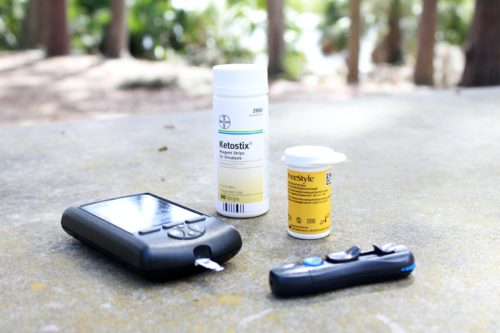How to Prevent Falls in Older Adults—Insights from the Latest Studies
In old age, one of the most significant health concerns is the fear of falls and the resulting consequences.
Falls among the elderly can have profound consequences, extending beyond physical injury to impact emotional well-being and overall quality of life. Fractures, particularly hip fractures, are common outcomes and can lead to prolonged pain, reduced mobility, and even disability.
Additionally, falls often precipitate a loss of confidence and independence, as individuals may fear future incidents and limit their activities. This cycle of fear and restriction can further exacerbate social isolation and diminish overall health outcomes, highlighting the multifaceted impact of falls on the elderly population.
In this edition, we explore a groundbreaking study published in JAMA Network Open, shedding light on the pivotal role of exercise in mitigating the risk of falls and enhancing independence.
Addressing a Growing Concern:
Each year, millions of older adults in the U.S. face the daunting consequences of falls, a prevalent yet often overlooked health concern. These incidents not only jeopardize physical well-being but also compromise the cherished independence of individuals.
In a recent Australian study, researchers revealed a remarkable correlation between regular physical activity and reduced fall-related injuries among older women. Those engaging in just 30 minutes of exercise, five times a week, were up to one-third less likely to experience harm from falls.
Expert Insight:
Dr. Deborah Kado, a renowned geriatrician at Stanford Health, underscores the significance of these findings. She emphasizes that while mobility is often taken for granted, its preservation is paramount for maintaining independence and quality of life in later years.
To unravel the intricate relationship between physical activity and fall prevention, researchers embarked on a comprehensive study spanning over two decades. Tracking the habits of more than 10,000 women aged 45 to 50, they gleaned valuable insights into the protective effects of exercise.
Aligned with the recommendations of the World Health Organization (WHO), the study advocates for regular physical activity as a cornerstone of fall prevention. Whether through brisk walking, moderate exercises, or vigorous activities, even modest efforts yield significant reductions in fall risks.
An Ancient yet Potent Tool for Fall Prevention
Tai chi, an ancient martial arts practice renowned for its gentle movements and meditative benefits, emerged as a potent tool in fall prevention. Its incorporation into modern wellness routines underscores the timeless relevance of holistic approaches to health.
The Power of Walking:
Brisk walking was found to decrease the risk of falls by 17 percent, as noted by the researchers.
This finding aligns with previous studies indicating the effectiveness of walking in fall prevention. A study involving 90 older adults in Japan revealed that a walking program was more successful in reducing fall risks compared to balance training.
How Much Exercise Do You Really Need?
While the ideal goal of 150 to 300 minutes of weekly exercise may seem daunting, Dr. Kado offers reassuring guidance. She emphasizes that every step, no matter how small, contributes to improved health outcomes, dispelling the notion that extensive exercise regimes are necessary for positive impact.
Conclusion:
In conclusion, the study heralds a transformative paradigm in fall prevention, empowering older women to embrace a life of vitality and independence. Through the simple yet profound act of regular exercise, individuals can fortify themselves against the risks of falls, paving the way for a future of wellness and resilience.
References:
- JAMA Network Open Study
- Centers for Disease Control and Prevention
- World Health Organization Guidelines
We invite you to join us on this journey toward empowered wellness, where every step brings us closer to a brighter, healthier future.
Editor's Pick
Leave A Comment
Related Posts
Transition from OASIS-E to OASIS-E1: Key Changes and Implications for […]
Importance of Clinical Narrative and Nurse Teachings while Documenting Home Health OASIS Assessments
Importance of Clinical Narrative and Nurse Teachings while Documenting Home […]
Navigating the Complexities of Medicare and Medicaid Reimbursement for Home […]
Engaging Your Team Around the IPR: Turning Data into Motivation […]
Engaging Your Team Around the IPR: Turning Data into Motivation […]

